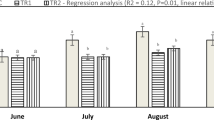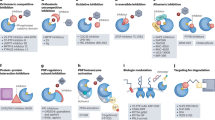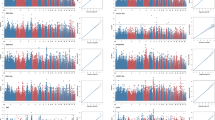Abstract
THE presence of phosphoprotein in the plasma of the laying hen is widely held to be the result of the action of œstrogenic substances produced by the growing ova of the mature bird1, though the precise nature and quantities of œstrogenic substances present in the blood stream have not yet been determined. Recently it has been shown that the phosphoprotein in the plasma of the laying hen is phosvitin, the principal protein of egg yolk2, and it seemed desirable to examine the plasma of œstrogen-treated non-laying birds to determine whether or not such treatments could, in fact, lead to the formation of phosvitin.
This is a preview of subscription content, access via your institution
Access options
Subscribe to this journal
Receive 51 print issues and online access
$199.00 per year
only $3.90 per issue
Buy this article
- Purchase on SpringerLink
- Instant access to full article PDF
Prices may be subject to local taxes which are calculated during checkout
Similar content being viewed by others
References
Sturkie, P. D., Avian Physiology (Comstock Publishing Assoc., Ithaca. New York, 1954).
Heald, P. J., and McLachlan, P. M., Biochem. J., 87, 571 (1963).
Connelly, C., and Taborsky, G., J. Biol. Chem., 236, 1364 (1961).
Mecham, D. K., and Olcott, H. S., J. Amer. Chem. Soc., 71, 3670 (1949).
Author information
Authors and Affiliations
Rights and permissions
About this article
Cite this article
HEALD, P., McLACHLAN, P. Isolation of Phosvitin from the Plasma of the Œstrogenized Immature Pullet. Nature 199, 487 (1963). https://doi.org/10.1038/199487a0
Issue date:
DOI: https://doi.org/10.1038/199487a0



